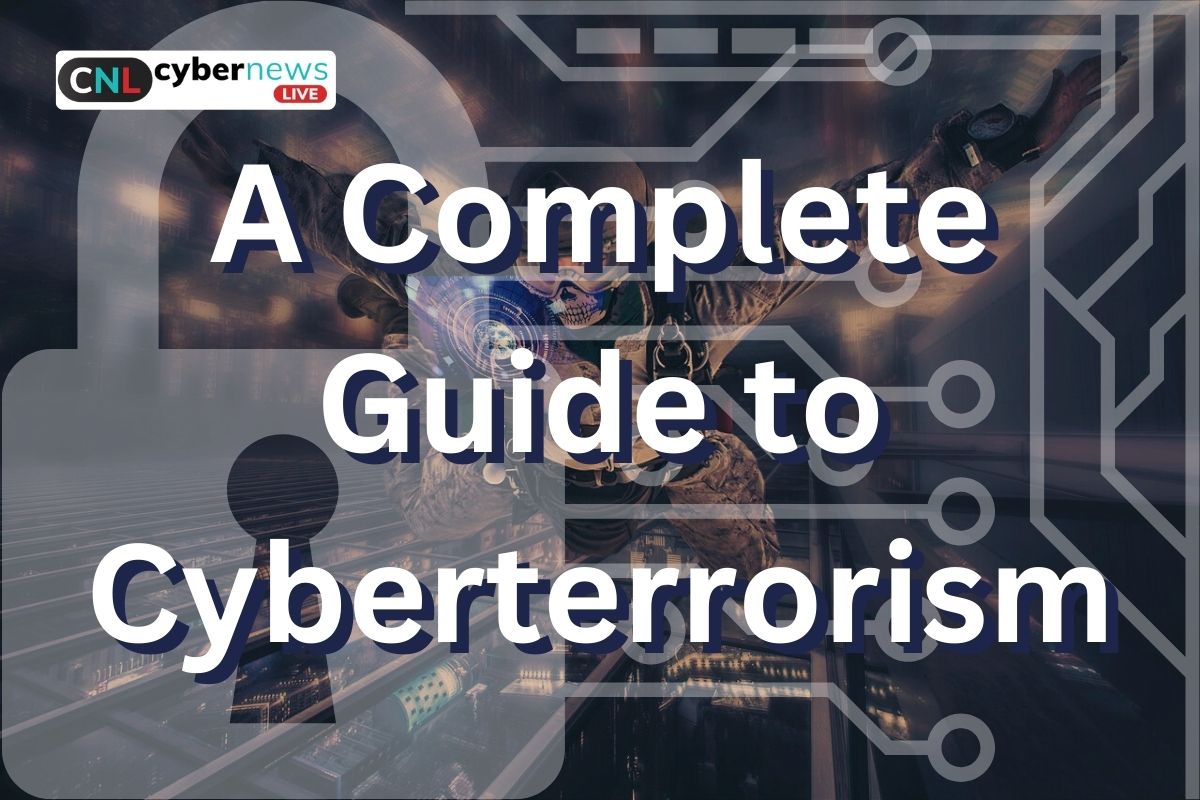
A Complete Guide to Cyber Terrorism
Cyber Terrorism: The Digital Battlefield of the Future
As cyber threats evolve, cyber terrorism has emerged as one of the most pressing security concerns of the digital age. Governments, corporations, and individuals are at risk of attacks designed to disrupt, intimidate, and cause widespread fear. With cyber terrorists leveraging advanced digital tools, understanding and mitigating these threats is more critical than ever.
What is Cyber Terrorism?
Cyber terrorism is the deliberate use of digital technology, including computers, networks, and the internet, to launch attacks with political or ideological motives. These attacks aim to cause physical or psychological harm, disrupt critical infrastructure, and instill fear in societies. Unlike traditional cybercrime, cyber terrorism is explicitly designed to create widespread disruption and panic.
The Growing Threat of Cyber Terrorism
With the increasing reliance on digital infrastructure, cyber terrorists have more opportunities than ever to exploit vulnerabilities. Cyber attacks can target:
- Government agencies – Disrupting operations and stealing classified data.
- Financial institutions – Manipulating markets, stealing funds, and crippling banking systems.
- Critical infrastructure – Shutting down power grids, transportation networks, and healthcare services.
- Corporations – Launching ransomware attacks, intellectual property theft, and economic sabotage.
Cyber terrorism is attractive to extremist groups due to its anonymity, global reach, and low-cost execution. These attacks require minimal physical presence, making it harder for authorities to track and neutralize threats.
Types of Cyber Terrorism Attacks
Cyber terrorists use a variety of attack methods to achieve their goals. Some of the most common include:
1. Distributed Denial-of-Service (DDoS) Attacks
DDoS attacks overwhelm networks and servers with excessive traffic, making them unavailable to legitimate users. These attacks can cripple government services, financial institutions, and emergency response systems.
2. Malware & Ransomware
Cyber terrorists deploy malware and ransomware to encrypt or destroy sensitive data. By demanding ransom payments, they can disrupt operations and extort victims for financial gain or political leverage.
3. Phishing & Social Engineering
By tricking individuals into providing sensitive information through fraudulent emails and websites, cyber terrorists can gain access to classified systems and deploy destructive attacks.
4. Hacking & Data Breaches
Unauthorized access to networks can expose confidential government, corporate, and personal data, leading to espionage, financial losses, and national security threats.
5. Cryptographic Attacks
Encrypted communications allow cyber terrorists to coordinate attacks while remaining undetected. Advanced encryption techniques make tracking and preventing these activities increasingly difficult.
The Three Major Categories of Cyber Terrorism
Cyber terrorism attacks can be classified into three main categories based on complexity and coordination:
1. Simple-Unstructured Attacks
- Carried out using readily available tools.
- Attackers lack in-depth knowledge of cyber operations.
- Typically involve small-scale disruptions.
2. Advanced-Structured Attacks
- Conducted by skilled hackers with a moderate level of expertise.
- Utilize custom-built cyber weapons and tactics.
- Target multiple systems simultaneously.
3. Complex-Coordinated Attacks
- Sophisticated, multi-layered cyber warfare strategies.
- Involves highly skilled teams with expertise in cyber operations.
- Capable of crippling national infrastructure and global markets.
Cyber Terrorism Tools & Techniques
Cyber terrorists exploit both conventional and emerging cyber tools to execute their attacks. Some of the most commonly used include:
- Hacking – Unauthorized access to networks and systems.
- Trojan Horses, Viruses & Worms – Malicious software designed to spread and corrupt data.
- Social Media Manipulation – Spreading misinformation, inciting violence, and recruiting operatives.
- Website Defacement – Altering websites to display extremist propaganda.
- Ransomware – Encrypting critical data and demanding ransom for decryption keys.
- Botnets – Networks of infected devices used for large-scale attacks.
The Role of Governments & Organizations in Combating Cyber Terrorism
To counter cyber terrorism, governments and private organizations must adopt a multi-layered defense strategy:
1. Strengthening Cybersecurity Infrastructure
- Implementing advanced firewalls, intrusion detection systems, and encryption.
- Regular security audits and vulnerability assessments.
- Educating employees and citizens on cyber threats.
2. International Collaboration
- Sharing intelligence between nations to track cyber terrorist groups.
- Establishing global cybersecurity task forces.
- Developing unified policies and regulations against cyber threats.
3. Public Awareness & Education
- Promoting cybersecurity best practices.
- Encouraging strong password policies and multi-factor authentication.
- Raising awareness about phishing, social engineering, and malware threats.
Future Trends in Cyber Terrorism
As technology evolves, cyber terrorism tactics will continue to advance. Some emerging threats include:
- AI-Powered Attacks – Using artificial intelligence to develop autonomous hacking tools.
- Deepfake Technology – Creating realistic fake videos to spread misinformation and manipulate public opinion.
- Quantum Computing Threats – Breaking traditional encryption methods.
- Cyber-Physical Attacks – Targeting IoT devices and critical infrastructure.
Final Thoughts: Staying Ahead of the Threat
Cyber terrorism poses a significant threat to national security, businesses, and individuals worldwide. As attackers develop more sophisticated techniques, staying vigilant and investing in cybersecurity measures is essential. Governments, businesses, and individuals must collaborate to create a more secure digital future.
By understanding cyber terrorism, its evolving tactics, and the tools used to combat it, we can better prepare for the challenges ahead. Stay informed, stay secure, and stay proactive with Cyber News Live!

